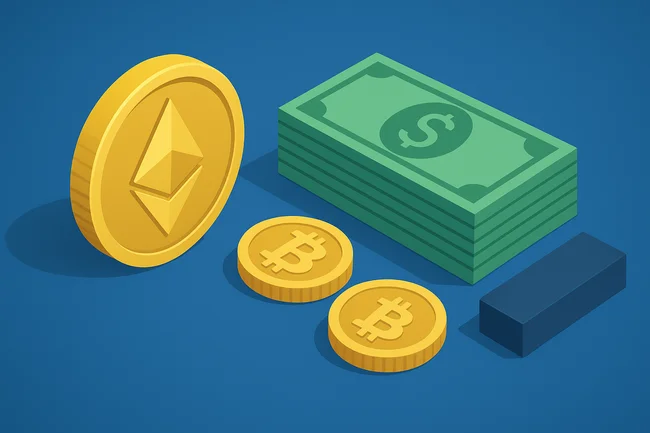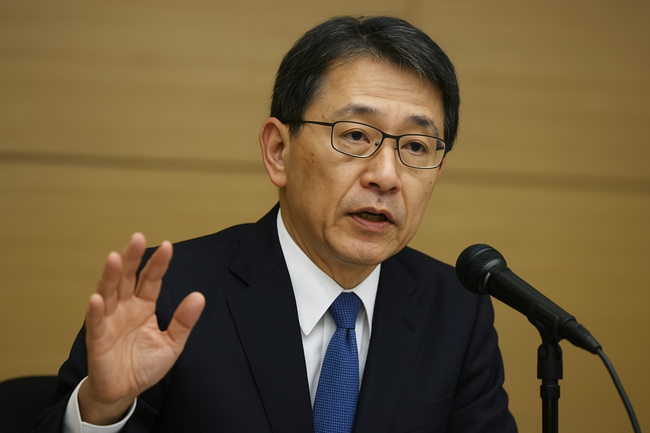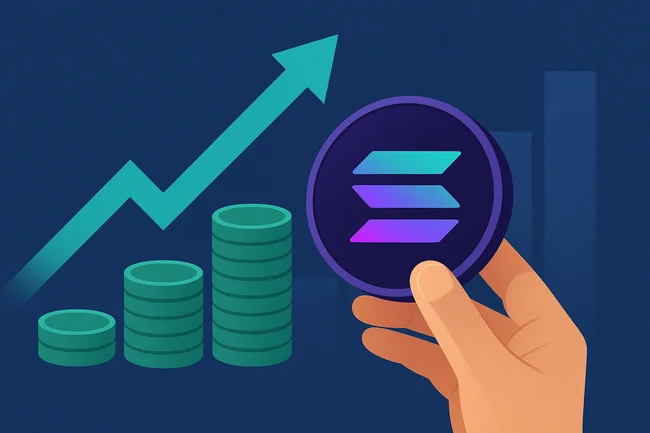End-to-End Layer Scaling refers to methods aimed at improving transaction throughput and efficiency in blockchain networks by enhancing each layer involved in processing transactions.Typically, blockchains operate in layers: Layer 1 is the base protocol that contains the core blockchain and consensus mechanisms, while Layer 2 includes additional frameworks that help offload some transactions from the main chain. End-to-End Layer Scaling focuses on optimizing both these layers together.This approach can involve various techniques, such as increasing block sizes or optimizing consensus algorithms to allow more transactions to be processed at once. Layer 2 solutions, like payment channels or state channels, enhance scalability by allowing off-chain transactions, which are later settled on the main chain.The ultimate goal is to achieve higher transaction speeds and lower costs, making the network more efficient for users. By improving both layers, systems can better accommodate growing demand and provide smoother experiences for various applications and services.

BitMine Reports $13.4 Billion in Crypto and Cash Holdings
BitMine Immersion Technologies on Monday reported total holdings of $13.4 billion in cryptocurrency, cash, and equity stakes, reinforcing its position



